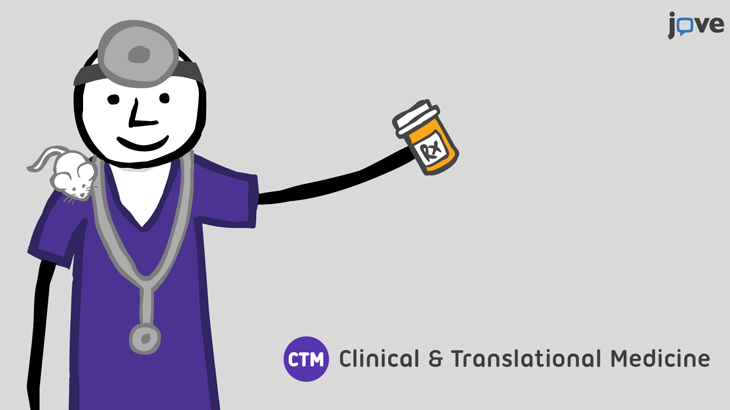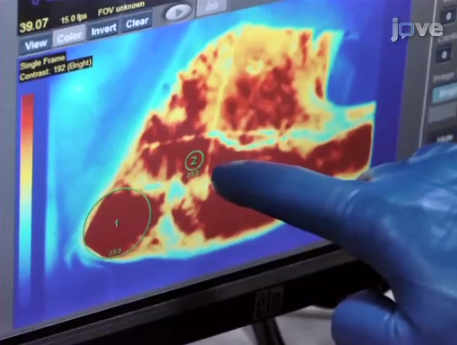Editor’s Picks! Senior science editor, Dr. Nandita Singh, shares four of her favorite videos from our Clinical and Translational Medicine section.
Dr. Singh: The development of clinical therapies has not kept pace with the explosion in basic research. In the past decade, however, many in vivo and in vitro animal models have been developed to translate basic scientific research into clinical therapeutics. Thanks to these models, patients are closer to benefitting from the discoveries made in the field of biomedical research. These models range from regenerative therapeutics, cancer cures to organ transplant.
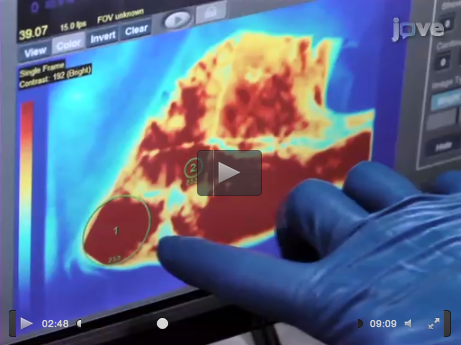
Dr. Singh: With the recent advances in transplantation and regenerative medicine, face transplants and limb transplants have become a viable option. These transplants are called Vascularized Composite Allotransplantation (VCA). The transplanted tissues are a “composite” because they include multi-functional tissues like skin, muscle, nerves, and blood vessels. Nearly 100 of these procedures have been performed worldwide. However, long term immunosuppression and complications associated with immunosuppression remain a major concern. In this video, Dr Gerald Brandacher’s group at Johns Hopkins University, School of Medicine demonstrate a swine model for hind limb transplant aimed at reducing and potentially eliminating the need for chronic multi-drug immunosuppression in VCA.
Pick #2 — Intramyocardial Cell Delivery: Observations in Murine Hearts
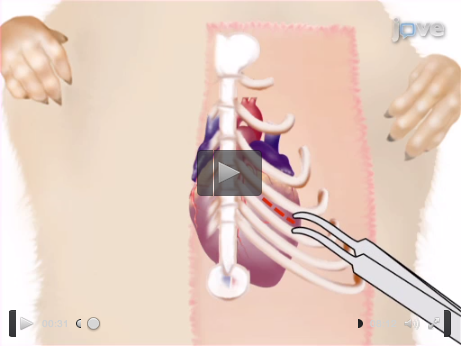
Dr. Singh: Researchers at Imperial College, London and Monash University, Australia have shown, with a high success rate, the intramyocardial injection of cells into murine hearts. Even though this was demonstrated with a cell type not used in therapy, this helps in establishing an animal model to assess the therapeutic potential of different cell types in regenerative medicine.
Pick #3 — Excitotoxic Stimulation of Brain Microslices as an In vitro Model of Stroke
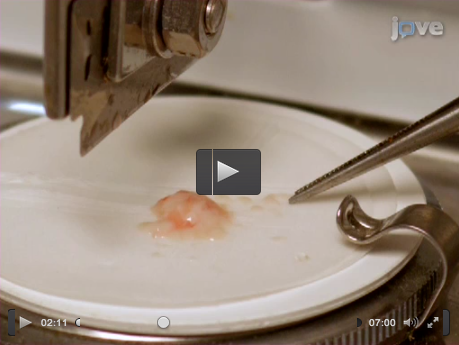
Dr. Singh: Here Dr. John Rostas and his colleagues at University of Newcastle have developed a brain slice model to study the molecular pathways involved in neuronal death caused by a stroke. Brain slices are much easier to work with than whole animal brains, and they retain the tissue architecture of the originating brain regions. They also maintain neuronal activities and functional local synaptic circuitry.
Pick #4 — Revealing the Cytoskeletal Organization of Invasive Cancer Cells in 3D
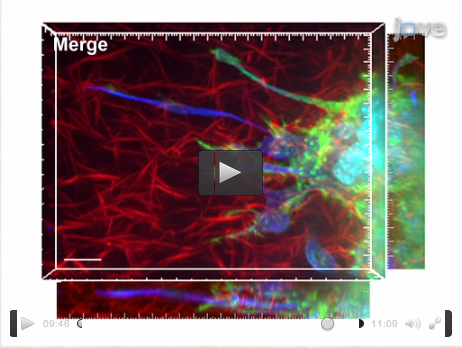
Dr. Singh: In this video, Dr. Danijela Vignjevic’s group at Institut Curie demonstrate a 3-D cancer cell system to study cell migration. Traditionally, cell migration studies have been conducted in 2-D cultures because of the technical challenges in using 3-D systems. Using a 3-D system mimics the in vivo conditions better. Here the visualization of the collagen network is described in the cells embedded in 3D matrices. Embedding these cells is a delicate process and almost an art form to get it just right.
